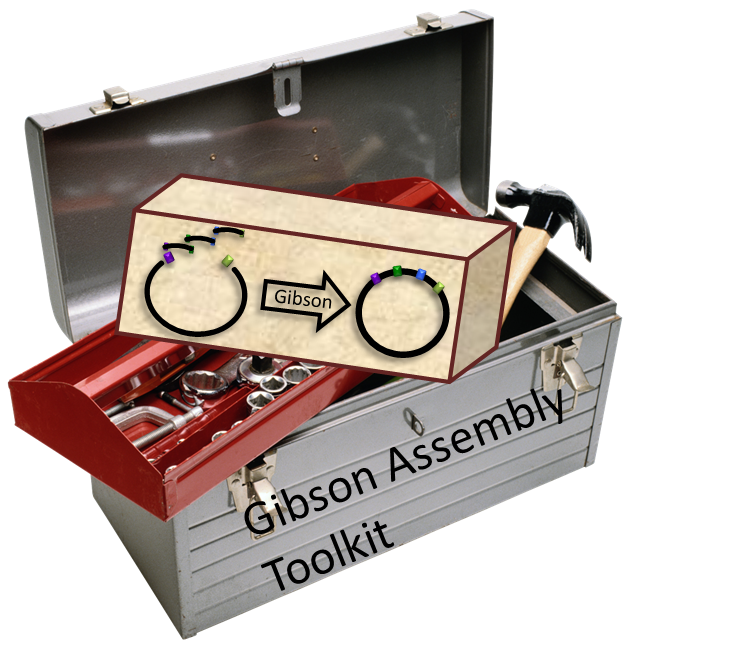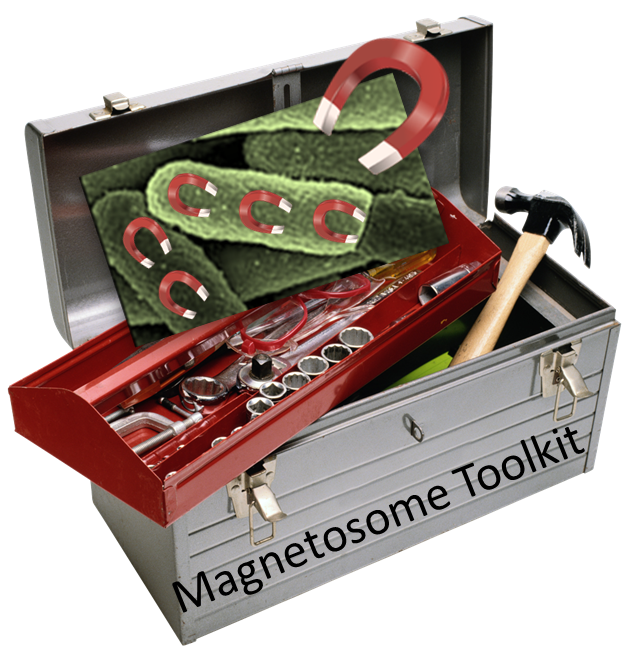Team:Washington/Magnetosomes/Background
From 2011.igem.org
| Line 5: | Line 5: | ||
iGEM teams have started to investigate the possibility to make multiple-gene insert for their project as to bring the cloning project from single gene level to multiple gene level. However, current Biobrick Standard vectors are not designed for multiple-insert cloning. Thus, UW IGEM team decided to research on methods to improve the cloning efficiency and two "toolkits" were brought to the Register as a result. | iGEM teams have started to investigate the possibility to make multiple-gene insert for their project as to bring the cloning project from single gene level to multiple gene level. However, current Biobrick Standard vectors are not designed for multiple-insert cloning. Thus, UW IGEM team decided to research on methods to improve the cloning efficiency and two "toolkits" were brought to the Register as a result. | ||
| - | + | ----- | |
| - | |||
| - | |||
| - | + | === Gibson Assembly Toolkit === | |
| + | As a continuation of [https://2010.igem.org/Team:Washington/Tools_Used/Next-Gen_Cloning 2010 UW IGEM project], this year we created and submitted several plasmid backbones that are Gibson Cloning Friendly a.k.a pGA vectors. | ||
| - | == Magnetosome Toolkit == | + | |
| + | |||
| + | [[File:Igem2011 GibsonToolkit.png|left|300px|link=https://2011.igem.org/Team:Washington/Magnetosomes/GibsonVectors]] | ||
| + | '''What's in the Gibson Assembly Toolkit?''' | ||
| + | * Five plasmid backbone pGA1A3, pGA1C3, pGA3K3, pGA4A5, pGA4C5 | ||
| + | |||
| + | |||
| + | |||
| + | |||
| + | |||
| + | |||
| + | |||
| + | |||
| + | |||
| + | |||
| + | |||
| + | |||
| + | |||
| + | |||
| + | |||
| + | |||
| + | |||
| + | |||
| + | === Magnetosome Toolkit === | ||
We are ambitious about making large construct that over several thousands base pairs. Therefore, utilizing the pGA vectors and Gibson cloning methods, the [https://2011.igem.org/Team:Washington/Magnetosomes/Magnet_Toolkit Magnetosome Toolkit] was developed with the goal to build magnetic ''E.Coli'', a characteristic that was not expressed in ''E.coli'' before. | We are ambitious about making large construct that over several thousands base pairs. Therefore, utilizing the pGA vectors and Gibson cloning methods, the [https://2011.igem.org/Team:Washington/Magnetosomes/Magnet_Toolkit Magnetosome Toolkit] was developed with the goal to build magnetic ''E.Coli'', a characteristic that was not expressed in ''E.coli'' before. | ||
| - | [[File:Igem2011 MagnetToolkit.png | + | [[File:Igem2011 MagnetToolkit.png|left|300px|link=https://2011.igem.org/Team:Washington/Magnetosomes/Magnet_Toolkit]] |
| - | '''What’s in the Magnetosome Toolkit | + | '''What’s in the Magnetosome Toolkit?''' |
| - | + | *A set of 18 genes for the biominieralization of magnetic crystals | |
| - | + | *Our favorite genes in pGA vectors | |
Revision as of 19:02, 22 September 2011
iGEM Toolkits
iGEM teams have started to investigate the possibility to make multiple-gene insert for their project as to bring the cloning project from single gene level to multiple gene level. However, current Biobrick Standard vectors are not designed for multiple-insert cloning. Thus, UW IGEM team decided to research on methods to improve the cloning efficiency and two "toolkits" were brought to the Register as a result.
Gibson Assembly Toolkit
As a continuation of 2010 UW IGEM project, this year we created and submitted several plasmid backbones that are Gibson Cloning Friendly a.k.a pGA vectors.
What's in the Gibson Assembly Toolkit?
- Five plasmid backbone pGA1A3, pGA1C3, pGA3K3, pGA4A5, pGA4C5
Magnetosome Toolkit
We are ambitious about making large construct that over several thousands base pairs. Therefore, utilizing the pGA vectors and Gibson cloning methods, the Magnetosome Toolkit was developed with the goal to build magnetic E.Coli, a characteristic that was not expressed in E.coli before.
What’s in the Magnetosome Toolkit?
- A set of 18 genes for the biominieralization of magnetic crystals
- Our favorite genes in pGA vectors
 "
"




